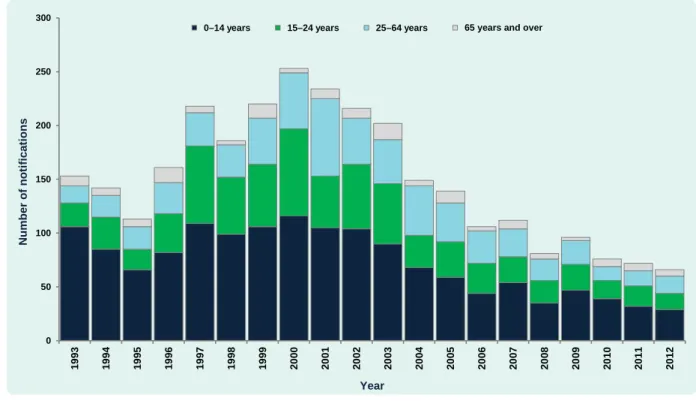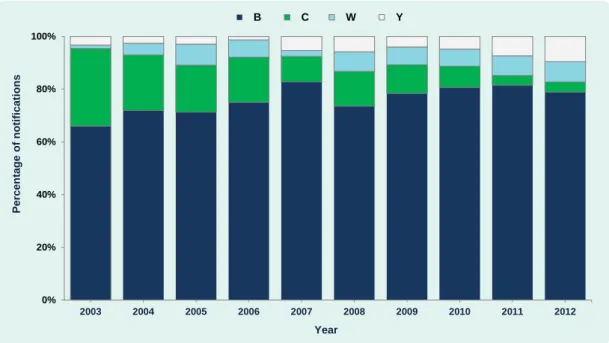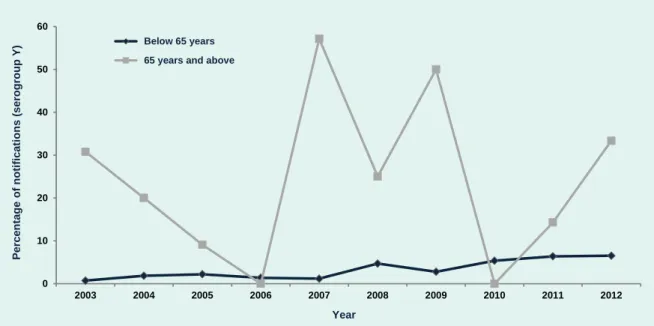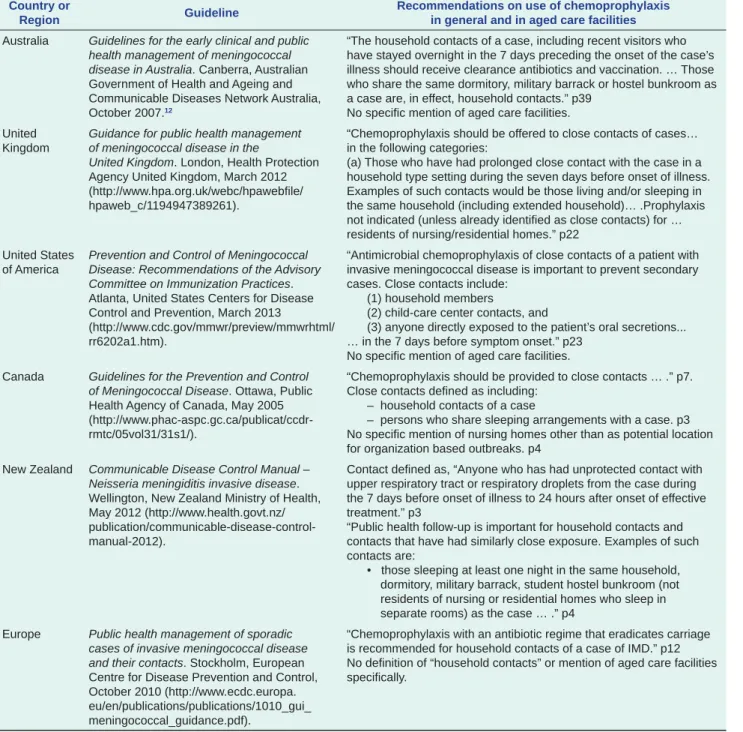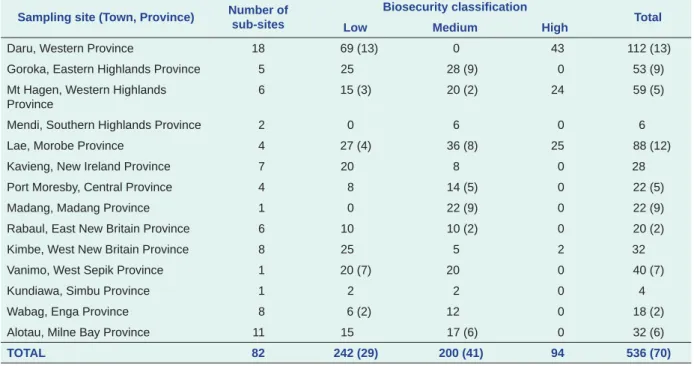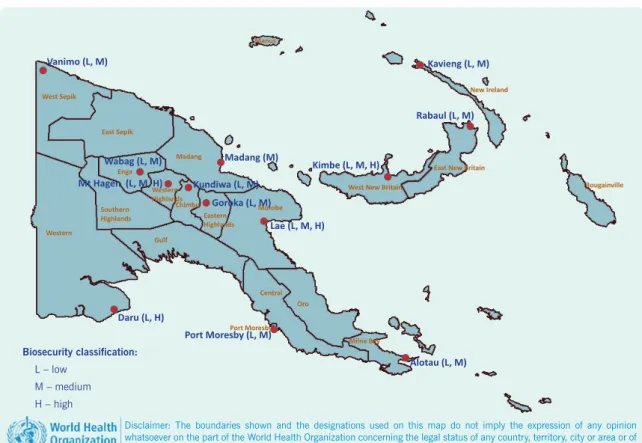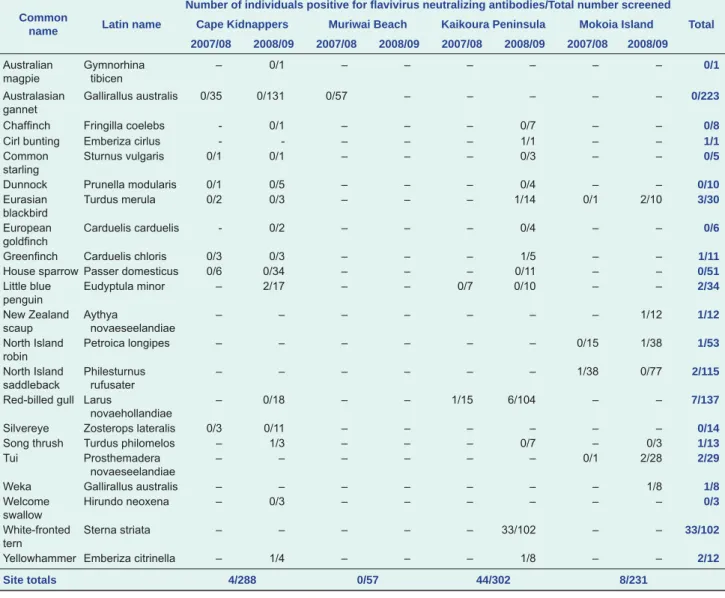During the 2013 human infection outbreak of avian influenza A (H7N9), the Centers for Disease Control and Prevention (CDC) used official data released by the World Health Organization (WHO) and the Chinese government to keep U.S. public health officials informed of outbreak updates.1 The Chinese central government has released official data on avian influenza A(H7N9) through its websites (e.g. National Health and Family Planning Commission2), their official news agency (Xinhua News Agency) and their official newspapers (e.g. People's Daily, Beijing). Little public information is available on invasive meningococcal disease (IMD) in older people in Australia. A disease that the treating physician considers to be compatible with invasive meningococcal disease.
An increase in the proportion of IMD due to serogroup Y has occurred in NSW over the past 10 years. The current guidelines for the early clinical and public health management of meningococcal disease in Australia recommend the provision of clearance antibiotics to household contacts or household contacts in a gradual reduction in the proportion of infections. As the Australian population ages, there may be increases in the number of notifications of IMD among people aged 65 and over, including cases and possible outbreaks in aged care facilities.
Proportion of invasive meningococcal disease notifications attributable to serogroup Y by year and age group, New South Wales, Australia, 2003 to 2012. Changes in Neisseria meningitidis disease epidemiology in the United States Implications for meningococcal disease prevention. Its resurgence in 2003 resulted in more than 62 million birds in Thailand alone, almost half of which were backyard poultry.3 Deaths caused by infection and preventive measures (such as depopulation) implemented to control the spread of HPAI H5N1 virus resulted in significant socio-economic burdens for many of the affected countries.4 The recent emergence of a new H7N9 virus in China (March 2013) has increased fears about the spread of influenza viruses with pandemic potential from poultry populations.5 The transmission.
Poultry production accounts for 45% of total annual livestock production in Papua New Guinea, and poultry consumption is second only to pigs.6 The short lead time, ease of breeding, market demand and high income from poultry production make it more profitable than most other livestock farming in Papua New Guinea.
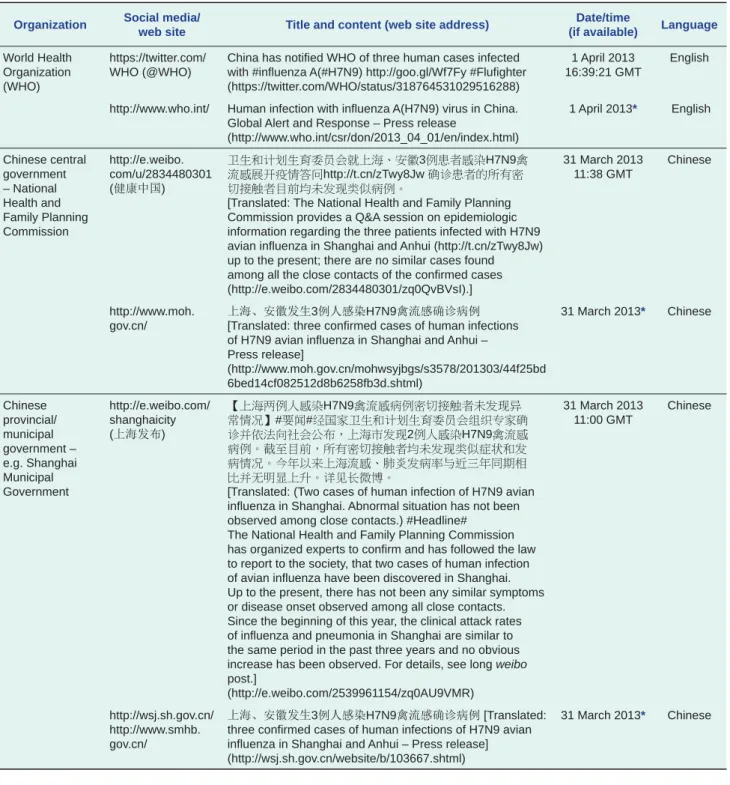
MATERIALS AND METHODS
Oropharyngeal swabs, cloacal swabs and serum were collected from the birds and sent at 4 °C to the laboratory for analysis. Upon arrival at the laboratory, samples were stored at -80 °C (-20 °C for sera) until required for analysis. Total RNA was extracted from oropharyngeal and cloacal swabs using the QIAamp Viral RNA Minikit (Qiagen, Hilden, Germany), according to the manufacturer's instructions.
Extracted RNA was tested for the presence of influenza A virus by real-time reverse transcriptase polymerase chain reaction (PCR) assays provided by the Centers for Disease Control and Prevention (Atlanta, GA, USA). Samples positive or equivocal for avian influenza viruses were further tested for influenza A/H5 and A/H7 using previously published assays.8 Portions of all samples were sent to the Center of Excellence for Influenza Research and Surveillance. , St. Jude Children's Research Hospital (Memphis, TN, USA) for the isolation and subtyping of avian influenza virus isolates. A total of 36 paired oropharyngeal and cloacal samples collected from farms and provinces that had samples considered unclear were passaged three times into 10-day-old embryonated chicken eggs.
RESULTS
DISCUSSION
The recent detection of H5N1 in West Papua (Indonesia)11 is of concern to Papua New Guinea, as this region shares a land border with West Papua. A recent outbreak of atypical fowl disease in poultry populations in the northwestern region of Papua New Guinea12 highlights the potential for exotic diseases to enter the region. The aim of this study was to investigate known and other potential arbovirus zoonoses in several bird species at four locations in New Zealand. In the first season, we tested antibodies against specific alphaviruses on samples with a sufficient amount of sera (n = 22).
In the second season, blood clots (n = 544) were screened for viral presence by polymerase chain reaction (PCR) for alphaviral and flaviviral RNA, and virus isolation (n = 146) was performed. Discussion: Evidence for flavivirus exposure in seabirds on the Kaikoura Peninsula and Cape Kidnappers suggests that viruses isolated from seabirds and related ticks in New Zealand are still present in the late 1970s. The discovery of the Ross River virus is also new and supports the hypothesis that migratory seabirds are an import route for such agents to New Zealand.
Gapu ta adda iti amianan ti pagilian, asideg met daytoy iti Australia ken dagiti Is-isla ti Pasipiko (Pigura 2). Ti Isla Mokoia ket ti 1.35 km2 nga isla iti tengnga ti Danaw Rotorua iti tengnga ti Amianan nga Isla ti Baro a Selanda. Ti Cape Kidnappers, maysa a peninsula iti daya a kosta ti Amianan nga Isla ti New Zealand, ket addaan iti kadakkelan a kolonia iti kontinente ti pagilian ti umakar nga Australasian gannet (Morus serrator).
New Zealand scabies (Aythya novaeseelandiae) were caught in mist nets on the shores of Lake Rotorua (in which Mokoia Island lies). In the first field season, antibodies to flavivirus were detected in serum samples from a red-billed gull at Kaikoura Peninsula and a North Island saddleback at Mokoia Island (Table 1). In the second field season, a relatively high prevalence of antibodies against flavivirus was observed in serum samples from white-headed starlings at Kaikoura Peninsula (Table 1).
Flavivirus antibodies were also detected in red-billed gulls and passerines at this time at this location; in little blue penguins and passerines at Cape captors; and in passerines, wekas and New Zealand barnacles at Mokoia Island (Table 1). In the second field season, the 544 blood clots (from Kaikoura Peninsula, Cape Abductors and Mokoia Island) screened on alphavirus and flavivirus generic PCR tests were all negative (Table 3). This criterion was validated as robust in the 50 samples retested; while some samples up to 40% did not confirm on retest, all samples above 40% did.
Confirmed alphavirus antibody-positive serum samples collected from birds in the first field season (2007/08 southern hemisphere summer) for antibodies against specific alphaviruses*. Blood clots collected in the second field season (2008/09 southern hemisphere summer) subjected to alphaviral and flaviviral PCR assays and virus isolation*.
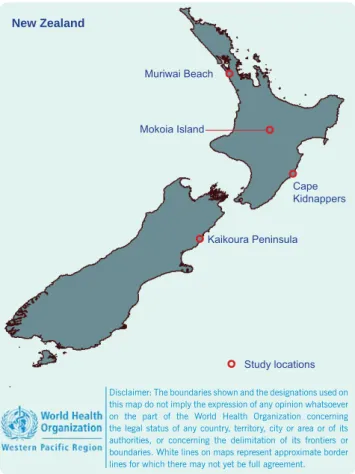
CONCLUSIONS
Investigating the southern limits of Murray Valley encephalitis activity in Western Australia during the wet season of 2000. A generic nested-RT-PCR followed by sequencing for the detection and identification of members of the alphavirus genus. The recent report on human infections with avian influenza A(H7N9) is very interesting.1 The age distribution of patients was studied and Arima et al.
Human infections with avian influenza A(H7N9) virus in China: preliminary estimates of age and gender distribution. We thank Dr Viroj Wiwanitki for his comments on our preliminary assessment of the age and gender distribution of human cases of avian influenza A(H7N9) virus infection. While the wide age range for infection is acknowledged, the distribution of avian influenza A(H7N9) cases continues to be skewed toward the elderly (more than half of cases are 60 years of age or older as of late September 2013, n = 135 ); this distribution remains remarkably different from that of avian influenza A(H5N1) and requires further investigation.
Finally, we appreciate Dr Wiwanitkit's comment about the possibility of the absence of immunity to the avian influenza A(H7N9) virus among the elderly, hence the true novel nature of the avian influenza A(H7N9). Public health events can be acute or ongoing and can fall under any of the following areas: communicable diseases, natural disasters, food safety, bioterrorism, and chemical and radiological events. WPSAR accepts all articles that fit the scope of the journal and that meet the minimum publication standards.
A description of the surveillance system and the limitations of the data collected should be included. A letter commenting on a previously published article OR a letter commenting on the theme of the issue. Please use the Vancouver referencing style with in-text citations and a bibliography at the end of the text.
Each article is first reviewed by the editorial team to ensure that it fits the scope of the journal. After receiving the reviews, the coordinating editor evaluates the comments and recommendations of the reviewers, and then decides on the outcome of the peer review process. A separate MS Word document describing how you addressed each reviewer's comment is also required.
If authors have taken photographs relevant to their article, they may be submitted for consideration for publication on the cover of the issue. If the result of the review process is "submit for review", then the same process is followed.

